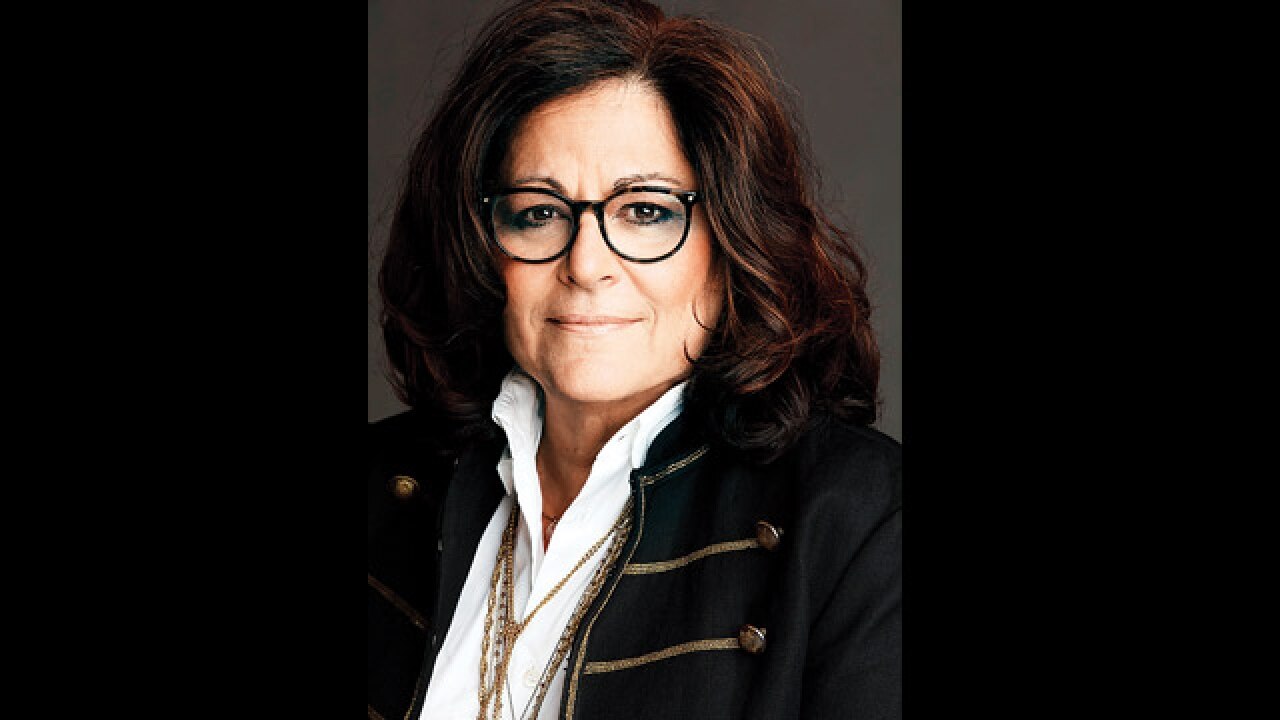
What makes this interface refreshing is the fact that Fern Mallis speaks her mind and doesn’t like to mince words. With an exceptional innings in fashion and a vast wealth of knowledge and learning, it’s a treat to see her air her frank and fearless take on some of the burning topics in the ever-evolving fashion landscape. From the ongoing game of musical chairs at some of the storied fashion houses to the impact of the social media to the complications of the supply chain cycle — she says it like it is. Over to her...
I think there’s way too much demand and pressure put on these people. But I also find now is — that kind of juggling of designers in houses — I find it very counterproductive to the success of the house. Because I have been a fashion person all my life, I don’t know who’s designing where. I think it’s crazy. When these young designers are really just coming into their own with their own personalities and identities and then asking them to take on some great house is not working. I really don’t think it’s working. I really wish Dior, Balenciaga, Yves Saint Laurent — all those just became names of the brands. And you didn’t even know, who’s designing it. It should just be a house team. Raf Simons, Nicholas Ghesquière, Alber Elbaz — all these people should have their own collections. There’s no identity. In two years, somebody’s out, somebody’s in. What do those brands stand for? The interiors of stores are redone, there’s a new ad campaign, once the new person comes in. They are changing every season. The only one who’s successful is Chanel and Karl Lagerfeld. That’s a long long time and that man is in the league of his own. Truth be told, at this point, you have no idea what Karl Lagerfeld the brand looks like. That’s never really taken off. He’s made his mark at Chanel and Fendi.
Paris is not very quick to change on anything. They like holding their authority. I do believe for certain designer labels and high-end brands, it’s very difficult to put a collection out there immediately for the consumer. I think it’s time when there’s a healthy discussion happening and the discussion should remain about what’s best for the customer. At the end of the day, who are you doing it for? If you’re confusing them and you’re turning them off with million tweets and Instagram shots of something which you can’t buy for six months, so when it comes out after six months, you don’t want it anymore, you’re over it. What’s the sense in that? I think social media has changed everything we do in our lives. We’re now seeing some of the fallout of that — good, bad and ugly. It’s perfect for a Burberry and even Tommy Hilfiger said they’ll do it. They are big brands and don’t really need the validation of the press. They know what they’re doing, they’re so sharp and focused and so in touch with their customers. Even Tom Ford doesn’t care about what these people have to say in that respect. All the top designers have direct access to editors worldwide, who they want to come in, see things and talk about them.
25 years later, it’s a circus. I started them in New York. In the beginning, when you got into the tents of the Bryant Park, you were the industry, you belonged there. You had a reason to be there. Sure there were extra people who snucked in. But now you go — who are these people and what are they doing here? Is it their business to be here or is it this week’s entertainment in New York? The answer is not set yet but people are talking about it.
Donna (Karan), who I interviewed the other day, has been a proponent of this for years. It’s different in India and Asia compared to the West where the delivery dates are completely crazy. In June, you want to go to the big party at the beach and the stores are filled with winter clothes. Everything is trans-seasonal now and everyone has to wake up and figure it out.
I don’t see any critique anymore. In America, I miss people like Cathy Horyn, who was at the New York Times, she took people to task. She had an opinion why something worked and didn’t work. Suzy Menkes did that for a while and I don’t see her doing that anymore. She’s more of a cheerleader. Vanessa Friedman, who replaced Cathy is good at doing that. From what I see, Women’s Wear Daily, which used to be the women’s fashion bible — I mean something is really really off-base. For most part, they all try to say nice about everyone. Who are the critics? Star buyers who are asked what they liked and didn’t, just say, ‘I’m going to buy this, this and this’. Where are they getting that? Maybe it’s behind closed doors in the design studios where Anna Wintour is there. ‘Why are you doing green? Put more colour in your line’.
When I was working with Lakme Fashion Week, I’d bring in new ideas — let’s try this, change some of the seasons of showing, focus more on resort than fall and winter. We slowly but really cleaned up the runway and production value. I haven’t been here in six years so I can’t comment on how they’re doing it.